Fossils uncovered in North Dakota appear to preserve the catastrophic fallout of the asteroid impact that wiped out the dinosaurs–but experts remain cautious.
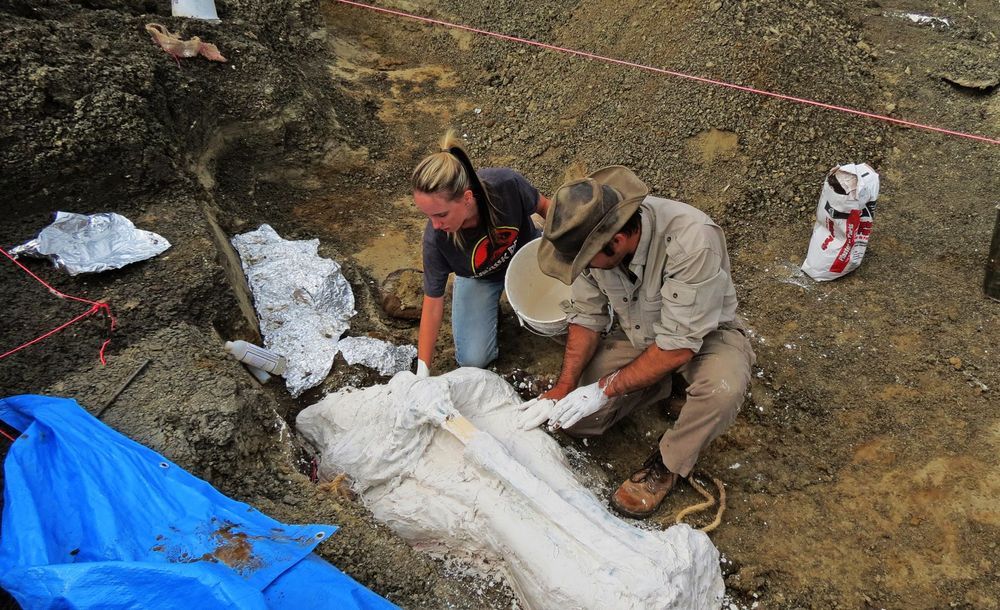


The asteroid, dubbed by NASA Asteroid 2019 CB2, is barreling towards a so-called “Earth Close Approach”. NASA’s scientists have pinpointed the asteroid’s passage down to 1.20am GMT (UTC) on Sunday, February 10. The incredible flyby comes just five days after NASA’s Jet Propulsion Laboratory (JPL) first observed the rock on February 2. As it zips by, Asteroid CB2 will breach speeds of nearly 29,125mph or 13.02km per second.

Not as easy as the movies show. Say it isn’t so.
Incoming asteroids may be harder to break than scientists previously thought, finds a Johns Hopkins study that used a new understanding of rock fracture and a new computer modeling method to simulate asteroid collisions.
The findings, to be published in the March 15 print issue of Icarus, can aid in the creation of asteroid impact and deflection strategies, increase understanding of solar system formation, and help design asteroid mining efforts.
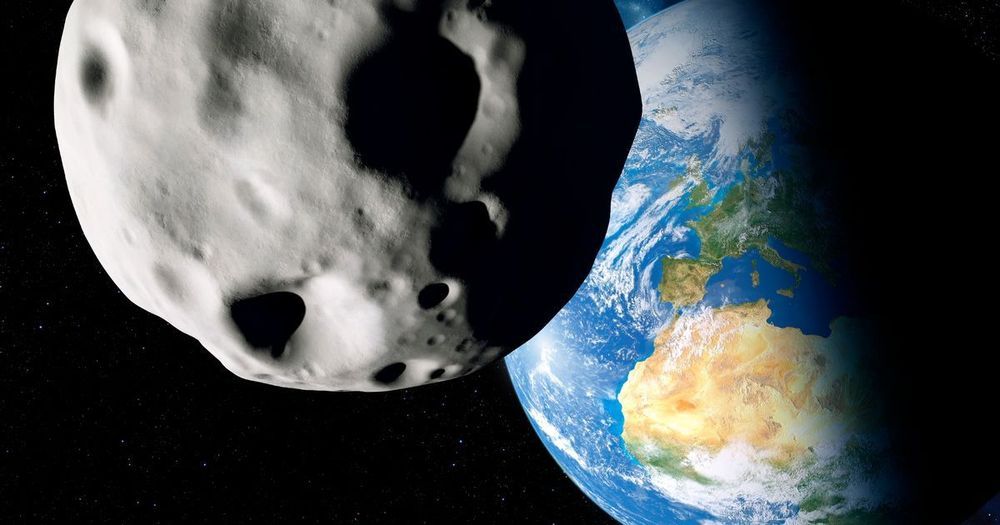
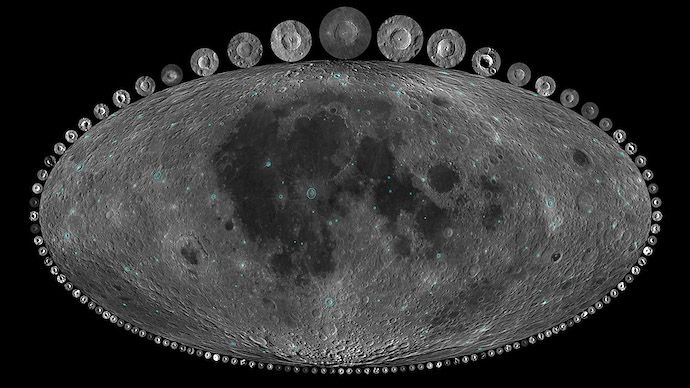
Dinosaurs never stood a chance once asteroid impacts more than doubled some 290 million years ago.
By studying the Moon, an international team of scientists revealed that the number of asteroids crashing into Earth and its satellite increased by two to three times toward the end of the Paleozoic era.
Contrary to popular belief, most of the planet’s more primitive asteroid-produced craters were not erased by erosion and other geologic processes.
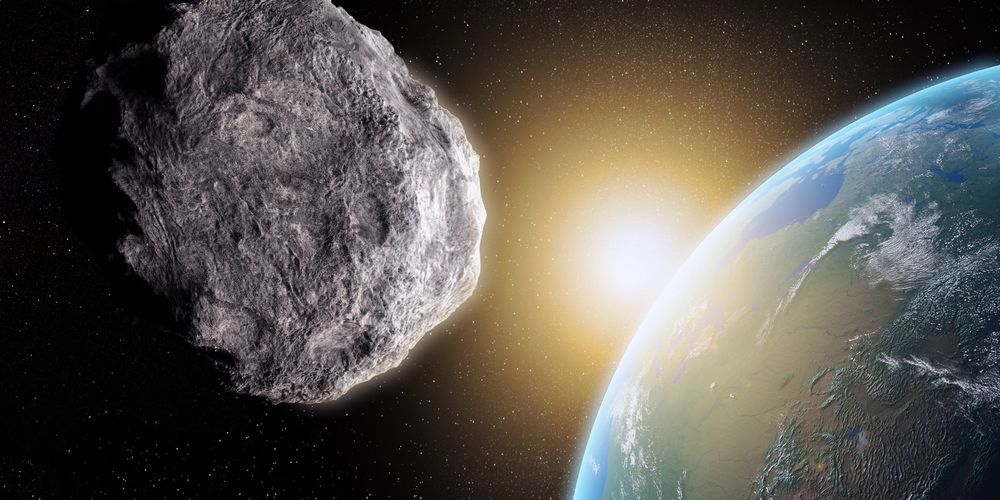
If an asteroid were to head towards Earth, we would be quite defenceless as we have not successfully developed a method that could reduce the impact of — or entirely avert — a devastating collision.
However, that may be about to change. NASA has approved a project called the Double Asteroid Redirection Test (DART), the aim of which is to throw a “small” asteroid off course in October 2022.
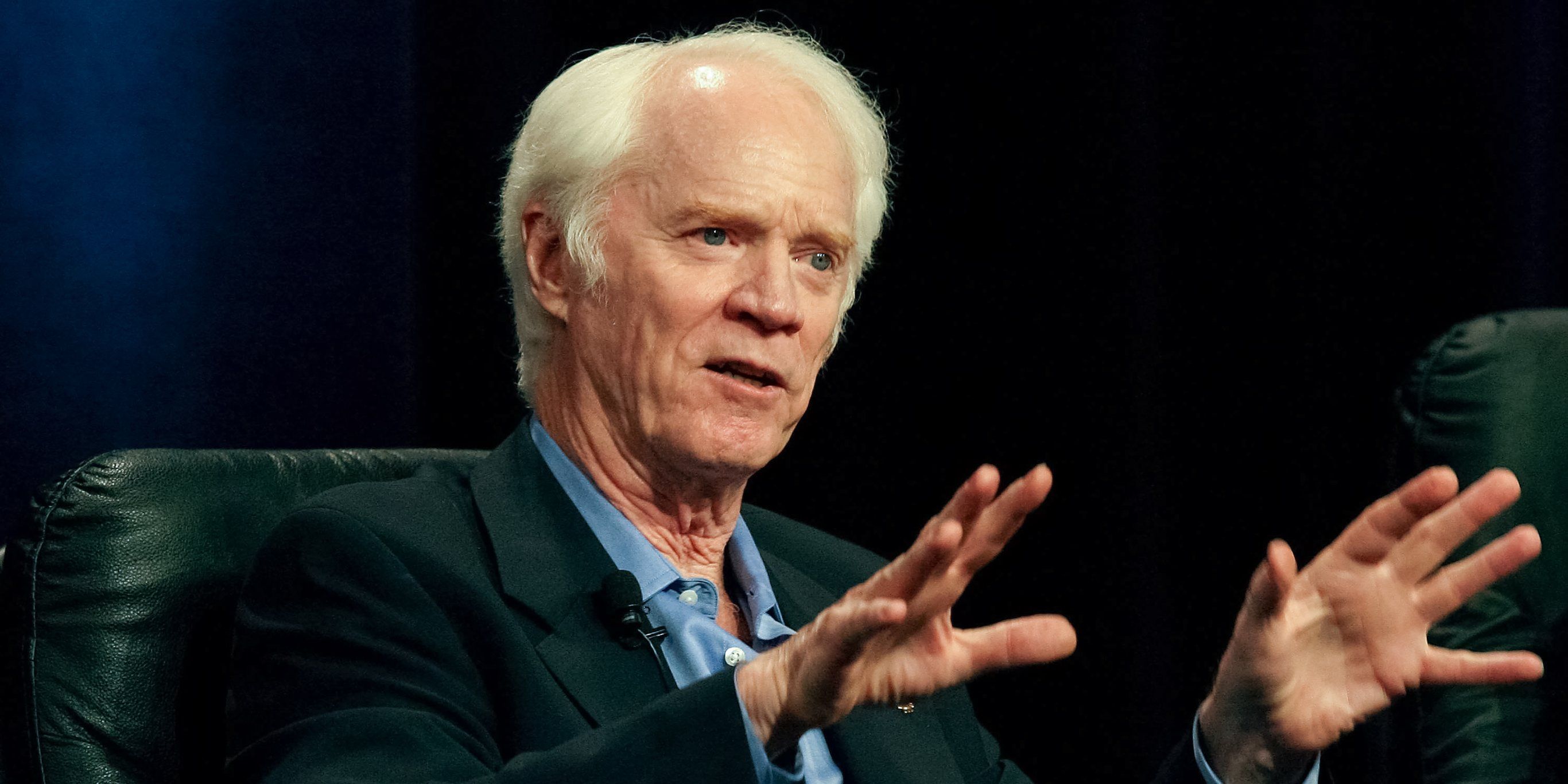
Killer asteroids might be a bigger threat than you think.
A former NASA astronaut says the agency he used to work for has a duty to protect civilians from killer asteroids, but that it isn’t meeting that obligation.
The threat of asteroid strikes might seem as abstract as outer space itself. But the risk, while infrequent, is real — and potentially more deadly than the threat posed by some of the most powerful nuclear weapons ever detonated.
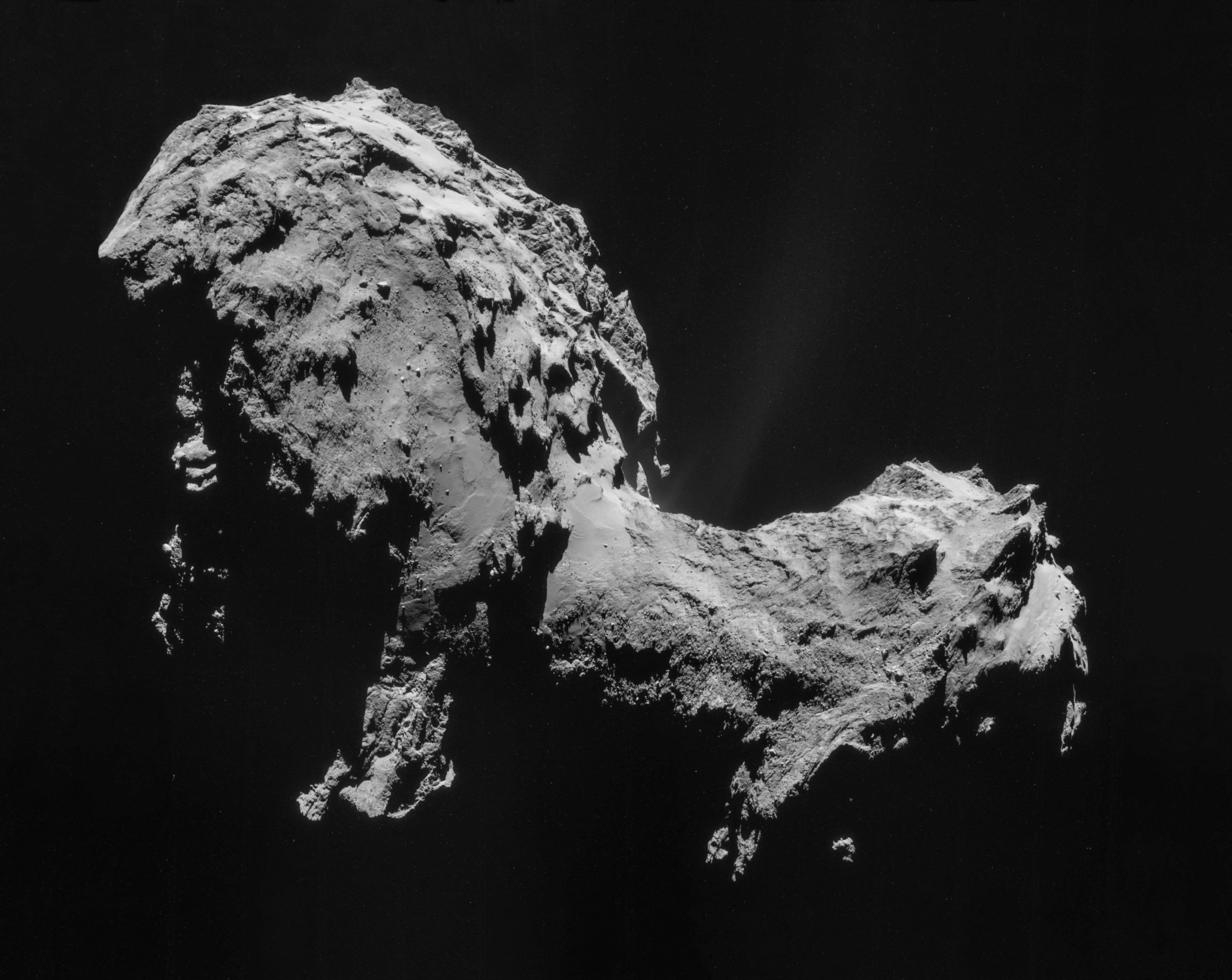
A dual use research of concern (DURC) refers to research in the life sciences that, while intended for public benefit, could also be repurposed to cause public harm. One prominent example is that of disease and contagion research (can improve disease control, but can also be used to spread disease more effectively, either accidentally or maliciously). I will argue here that DURC can and should be applicable to any technology that has a potential dual use such as this.
Approximately 66 million years ago, a 10 km sized body struck Earth, and was likely one of the main contributors to the extinction of many species at the time. Bodies the size of 5 km or larger impact Earth on average every 20 million years (one might say we are overdue for one, but then one wouldn’t understand statistics). Asteroids 1 km or larger impact Earth every 500,000 years on average. Smaller bodies which can still do considerable local damage occur much more frequently (10 m wide bodies impact Earth on average every 10 years). It seems reasonable to say that only the first category (~5 km) pose an existential threat, however many others pose major catastrophic threats*.
Given the likelihood of an asteroid impact (I use the word asteroid instead of asteroid and/or comet from here for sake of brevity), some argue that further improving detection and deflection technology are critical. Matheny (2007) estimates that, even if asteroid extinction events are improbable, due to the loss of future human generations if one were to occur, asteroid detection/deflection research and development could save a human life-year for $2.50 (US). Asteroid impact mitigation is not thought to be the most pressing existential threat (e.g. artificial intelligence or global pandemics), and yet it already seems to have better return on investment than the best now-centric human charities (though not non-human charities – I am largely ignoring non-humans here for simplicity and sake of argument).
The purpose of this article is to explore a depressing cautionary note in the field of asteroid impact mitigation. As we improve our ability to detect and (especially) deflect asteroids with an Earth-intersecting orbit away from Earth, we also improve our ability to deflect asteroids without an Earth-intersecting orbit in to Earth. This idea was first explored by Steven Ostro and Carl Sagan, and I will summarise their argument below.
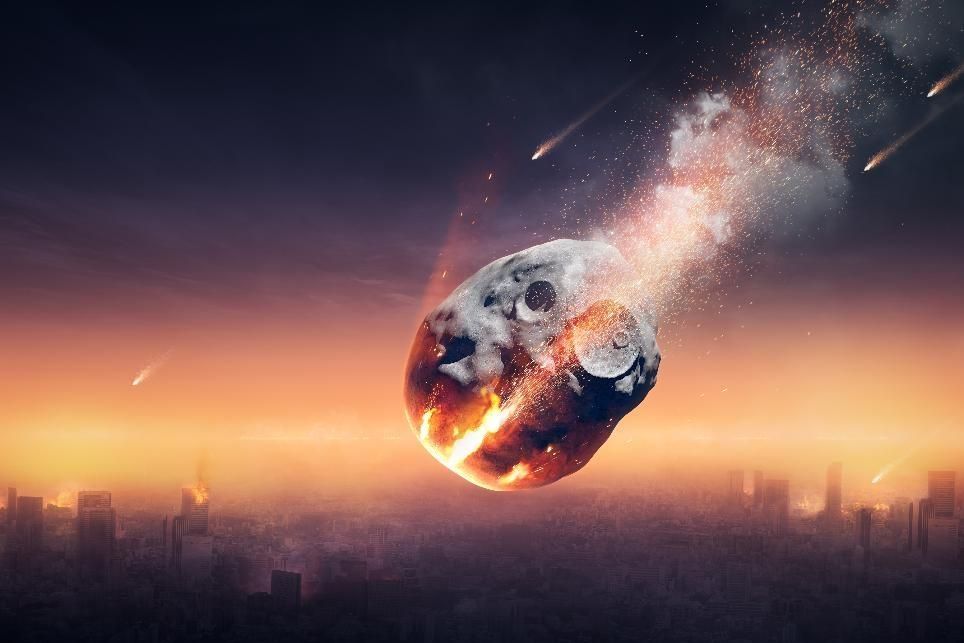
NASA — National Aeronautics and Space Administration has issued an alert that a “potentially hazardous asteroid” is on a “close approach” towards Earth.
NASA has issued an alert that a “potentially hazardous asteroid” is on a “close approach” toward Earth. However, it’s nothing to be alarmed at, as the asteroid is expected to zoom past the planet approximately 3 million miles away.
The enormous space rock, known as asteroid 2016 NF23 and estimated to be between 230 and 525 feet in diameter, will zip past Earth on Aug. 29 at a velocity of 9.04 kilometers per second, or approximately 20,000 miles per hour, the government space agency said on its Earth Close Approaches page.
It is the third largest near-Earth object (NEO) on the page, behind two other asteroids which will fly past Earth in the early part of September: 2001 RQ17 and 2015 FP118.
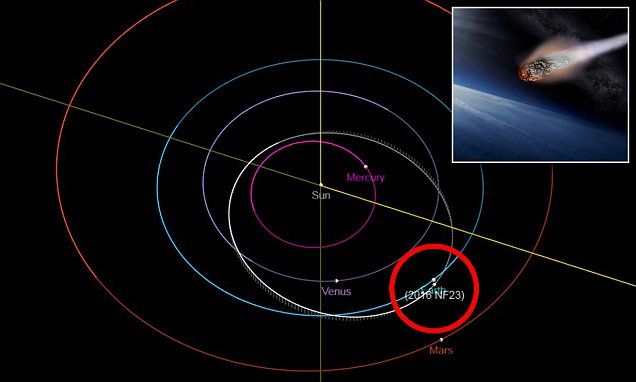
😱😱😱😱😱😱😱😱😱😱
A massive asteroid estimated to be double the size of a Boeing 747 is headed toward a close approach with Earth next week.
Asteroid 2016 NF23 is expected to skim past us on August 29 at just over 3 million miles away, or about 13 times the distance between Earth and the moon.
The huge space rock is traveling more than 20,000 miles per hour (32,400 km/h) and is considered to be a ‘potentially hazardous’ object given its proximity – but, its trajectory should see it soar safely by in the early days of September.